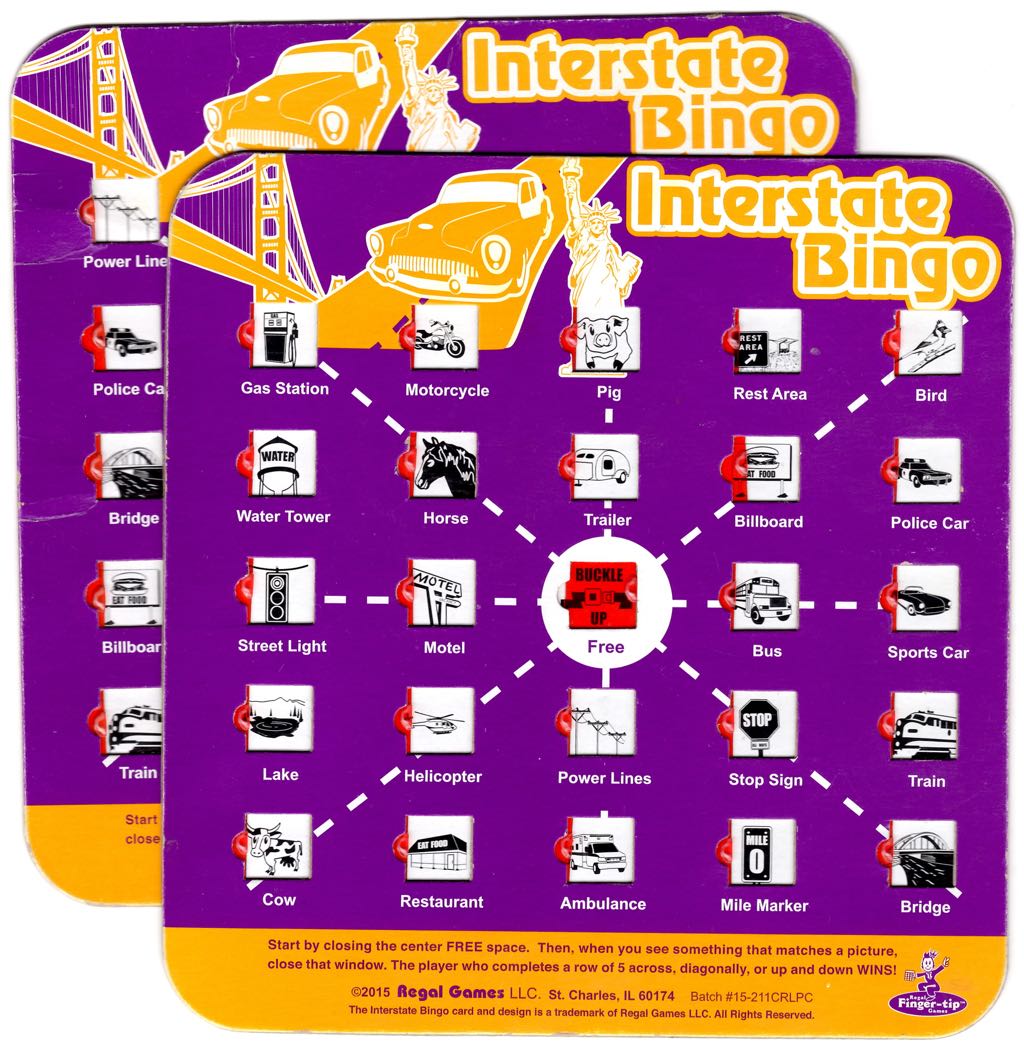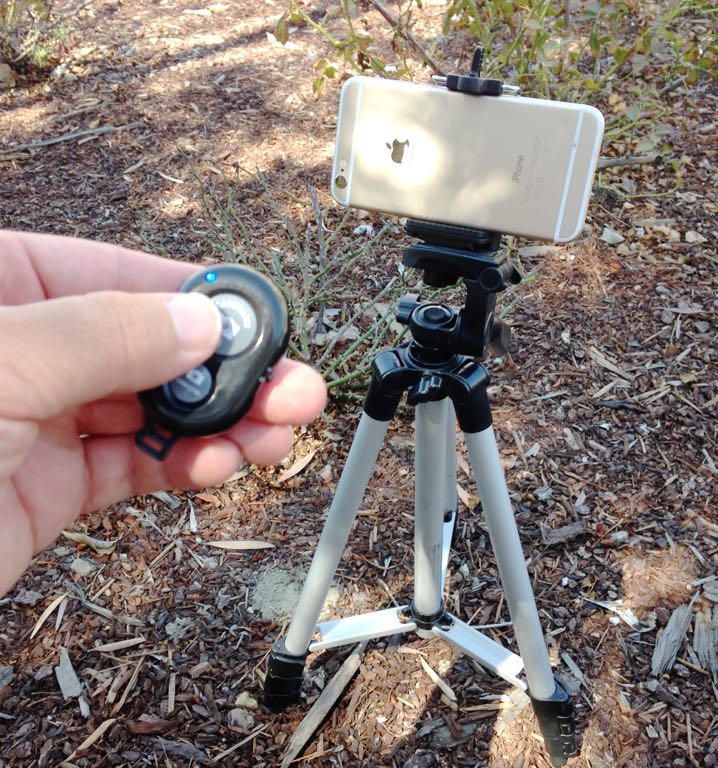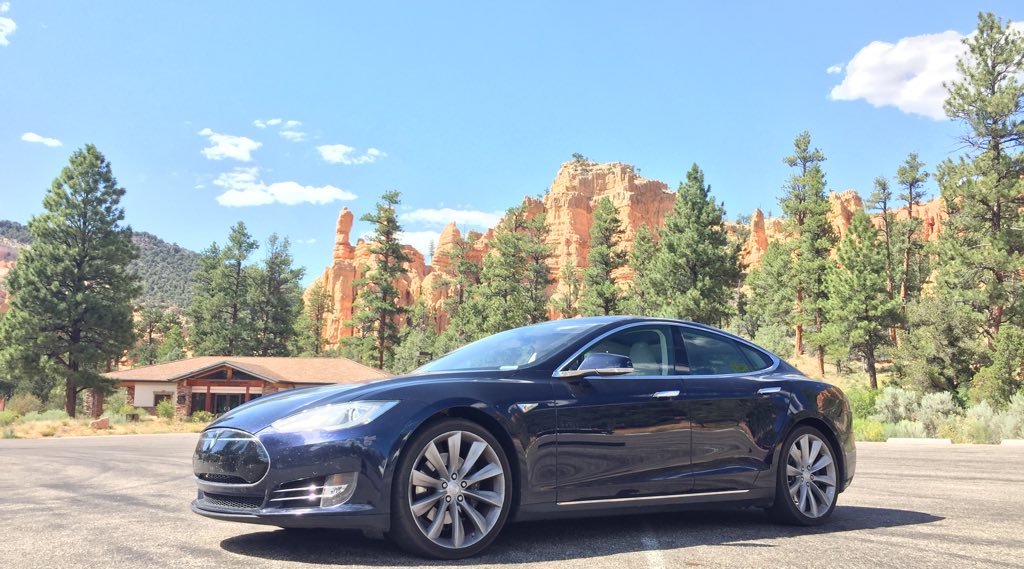Tesla Model S - "Indian Country" Road Trip
|
2824-mile all-electric road trip
exploring "Indian Country"
It so happens this year is the 100th anniversary of the National Park Service.
The Automobile Association of America helped celebrate this centenary by publishing
NPS-themed versions of their guides and maps.
With four Supercharger road trips under our belt,
one three years ago to San Francisco,
one two years ago to San Luis Obispo,
one last year ago to Santa Barbara,
and one this year to Las Vegas,
plus my Supercharger Table,
we had plenty of experience with electrically-powered road trips.
This one is different.
When I was a child, my parents took me away from my Southern California home on long, cross-country road trips,
along the way visiting various national parks like Bryce and Zion.
Ironically my father had AAA plan out the itinerary and provide
custom-made spiral-bound notebooks containing hundreds of pages of maps highlighting the exact route
he would drive us from state to state.
I remember turning the pages of these books to keep up with our travel on the highways.
I'm glad to have explored, at a young age, the natural wonders in our country.
Likewise I wanted to provide my children a direct experience of natural beauty, once they were old enough.
It so happens my youngest turned five this year, while the Tesla Supercharger network last year
sufficiently matured in our
part of the United States to take a substantial road trip.
While the navigation system in every Tesla Model S and X displays hundreds of charging locations,
anyone can view online the expanse of the Tesla Supercharger network
at both Tesla's Supercharger site
and the crowd-sourced Supercharge.info site.
I used both to research our journey.
|

|
Far greater in number is the Tesla Destination Network
where numerous hotels power stalls for charging Tesla's electric cars overnight,
just like I do at home. This network is perhaps as important as
the Supercharger network because it enables that hotel to become a travel hub for Tesla owners.
|
But instead of having AAA plan my itinerary and build me books of custom paper maps, I have modern tools like
Google My Maps to help plan my route. I used it to calculate the travel time
between stops and estimate how far I could travel by dinner each day.
I researched using online sources and the AAA maps and guides
to whittle down my target sites
to the most important points of interest (green pins)
that I could reach within the time constraints of the trip.
Then I determined which Tesla Superchargers (red pins) and
Tesla Destination Chargers (black pins) could assist me with those goals.
My itinerary had us visit at least one major point of interest each day,
except the first and last to cross the Mojave desert.
Finally I also had to research the points of interest themselves to allocate a reasonable amount of time
for each stop. That was a bit tricky because I had not been to the majority of these locations before.
I prefer a loop trip rather than out-and-back so we maximize the variety of sights.
The result is a map like on the right: a 2824-mile road trip!
| |

Click to view using Google My Maps
|
Then I can book the hotels and tours on our itinerary.
By the way, spontaneous travel to these points of interest is not practical
for the simple reason that these hotels book up months in advance.
For example I wanted to book at the Sorrel River Ranch, but it was sold out, but the
Best Western Canyonlands in Moab was an excellent substitute.
I designed the itinerary to follow these "rules":
| Rule | Why? |
|---|
|
1. Each leg of travel is no more than about two hours each.
|
The kids need a break, particularly a bathroom break,
every two hours.
That's critically important.
Maybe we can buy a refreshment too.
It so happens the Superchargers are spaced no more than about 120 miles apart.
|
|
2. Drive only in the daytime.
|
My family is relying on me to be the sole driver, so
I need to be alert and get to a hotel early enough to sleep enough to be safe.
Besides I want to see the countryside I'm driving through so I can enjoy it too.
|
|
3. Have lunch and dinner coincide with the end of a leg of travel.
|
When we stop, let's make it useful.
I don't think it's fun to eat while I'm driving.
|
|
4. Use only
Tesla Superchargers
and
Tesla Destination Chargers
to "fuel" the car.
|
It's a fun challenge, but also
these chargers are designed so that the humans can do useful or interesting things
(sleep, eat, visit) while the car charges.
The computer industry calls this technique
latency hiding.
Look in the following web pages for proof this works:
the car, at every stop,
is waiting for the humans to be ready,
not the other way around.
|
So here's a picture log of our 2824-mile road trip in my Model S.
| |
Model S Indian Country Road Trip
|
|
Days Charging at
| |
Destination
|
|
Supercharger
| |
3
|
|
9
|
|
| Cargo Space
|
|
We made good use of the cargo space in the Model S for this trip.
We carried two big luggage bags and laptop bags for my wife and I, a large duffle for the kids,
the kids' backpacks and shoes. We were provisioned with two Costco variety boxes Cliff bars and numerous snack foods,
but also 90 small Costco water bottles, anticipating a hot climate.
We kept the parcel shelf in the back trunk for security but compromised its capacity.
Note that we carried the rear-facing seats, even though we knew we would not use them this trip.
|


|
|
I used my iPhone 6 to shoot nearly all these pictures, supplemented by a GoPro Hero4.
I knew that in many of these places there would literally be nobody else around,
so I brought an extendable tripod with a clamp for the iPhone
and a Bluetooth remote to trigger the camera.
In the pictures sometimes I have to cup my hand like a radio dish so
the trigger signal reaches the iPhone.
|
To help keep the kids occupied and looking at our surroundings as we traveled, I
bought a pair of (slightly-different) Interstate Bingo boards for them.
We would reset the boards at each leg of travel, and the winner would get a prize at the end.
That game supplemented their usual array of books, coloring pads, and other toys and dolls.
It was funny how retro these were. We could never find a "family wagon".
|

|
|

|
And just in case I brought every charging cable and adapter for the car I own.
But it turned out I didn't need any of them.
Read on.
|
As we traveled, I logged the time, odometer, and range remaining for every event of interest.
Click on the calendar to explore the trip.
Dean E. Dauger holds a Ph. D. in physics from UCLA, where his group
created the first Mac cluster in 1998. Dr. Dauger is the award-winning
author in multiple American Institute of Physics' Software Contests and
co-authored the original, award-winning Kai's Power Tools
image-processing package for Adobe Photoshop.
After founding his company,
Dauger Research, Inc., its debut product,
Pooch, derived from Dr. Dauger's experience using clusters for his
physics research, was soon awarded as "most innovative" by IEEE Cluster
and continues to revolutionize parallel computing and clusters worldwide
with its patented technology.
|
Back to home
Thanks for having a look!
| 









